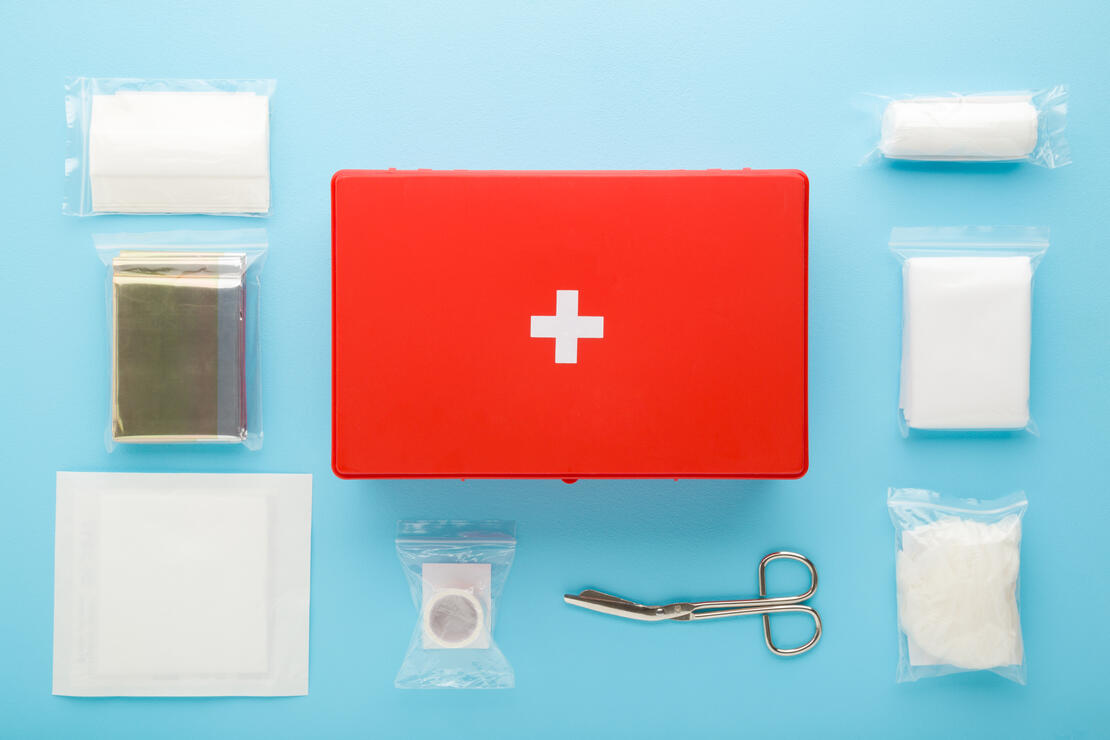Life-Saving Skills for All: Join LifeBridge Health for National Trauma Awareness Month

May is National Trauma Awareness Month, and this year, LifeBridge Health is spotlighting a vital initiative that empowers everyday heroes: Stop the Bleed. This life-saving program teaches essential skills to control bleeding in emergency situations, significantly increasing survival chances.
Why Stop the Bleed Matters
“Hemorrhage is the leading preventable cause of death after injury,” says Jaime Gannon, Sinai Hospital’s Trauma Program Manager. “If we can teach people how to stop the bleed, an injured person’s chances of survival increase exponentially.”
In emergencies, every second counts. Nationwide, ambulance response times average between five and seven minutes. A person can bleed out in as little as four minutes, making immediate action critical, whether at home, work or enjoying recreational activities.
Master the Basics: What You’ll Learn in Stop the Bleed Training
The Stop the Bleed program equips participants with the knowledge and skills to control sever bleeding until professional help arrives. Training includes:
Instruction:
- Program Origins: Discover the history and importance of Stop the Bleed.
- ABCs of Stop the Bleed:
- A – Alert: Call 911 immediately.
- B – Bleeding: Identify the source of the bleeding.
- C – Compress: Apply pressure to stop the bleeding.
Hands-On Training:
- Tourniquet Application: Learn to use a tourniquet to control severe bleeding.
- Gauze Packing and Pressure Application: Practice packing wounds with gauze and applying sustained pressure.
Busting Myths: Stop the Bleed is for Everyone
Contrary to popular belief, Stop the Bleed training isn’t just valuable for high-profile violence or mass casualty events. These skills are crucial for everyday situations, such as car accidents, boating mishaps and home injuries.
Sinai Hospital’s Dr. Christopher Bibbo demonstrated the power of Stop the Bleed in our own lobby. When a patient arrived at the hospital with a severe arm wound, Dr. Bibbo applied a tourniquet from the hospital’s bleeding control box, stabilizing the patient until further medical care could be provided.
Get Involved: Upcoming Events and Training Opportunities
The state of Maryland, through the Maryland Committee on Trauma (MDCOT), is centralizing Stop the Bleed efforts by providing expert courses and connecting individuals with local trauma centers and training sites. For more information and to sign up for classes, visit MDCOT.com.
Join us for this event:
- May 23: Public Stop the Bleed training sessions in collaboration with the state of Maryland. Register here.
Together, we can save lives. Join us in empowering our community with the knowledge and skills to Stop the Bleed.